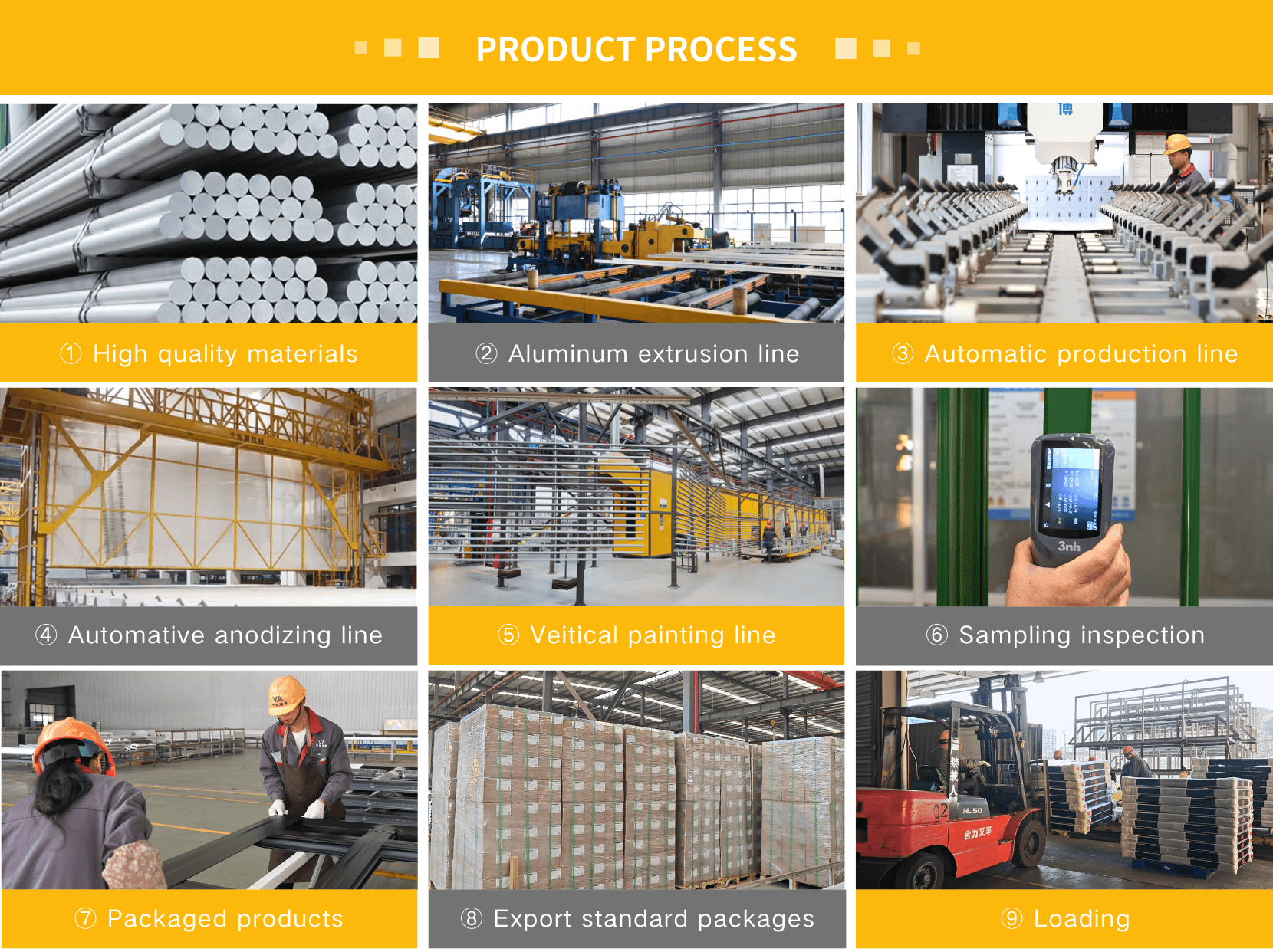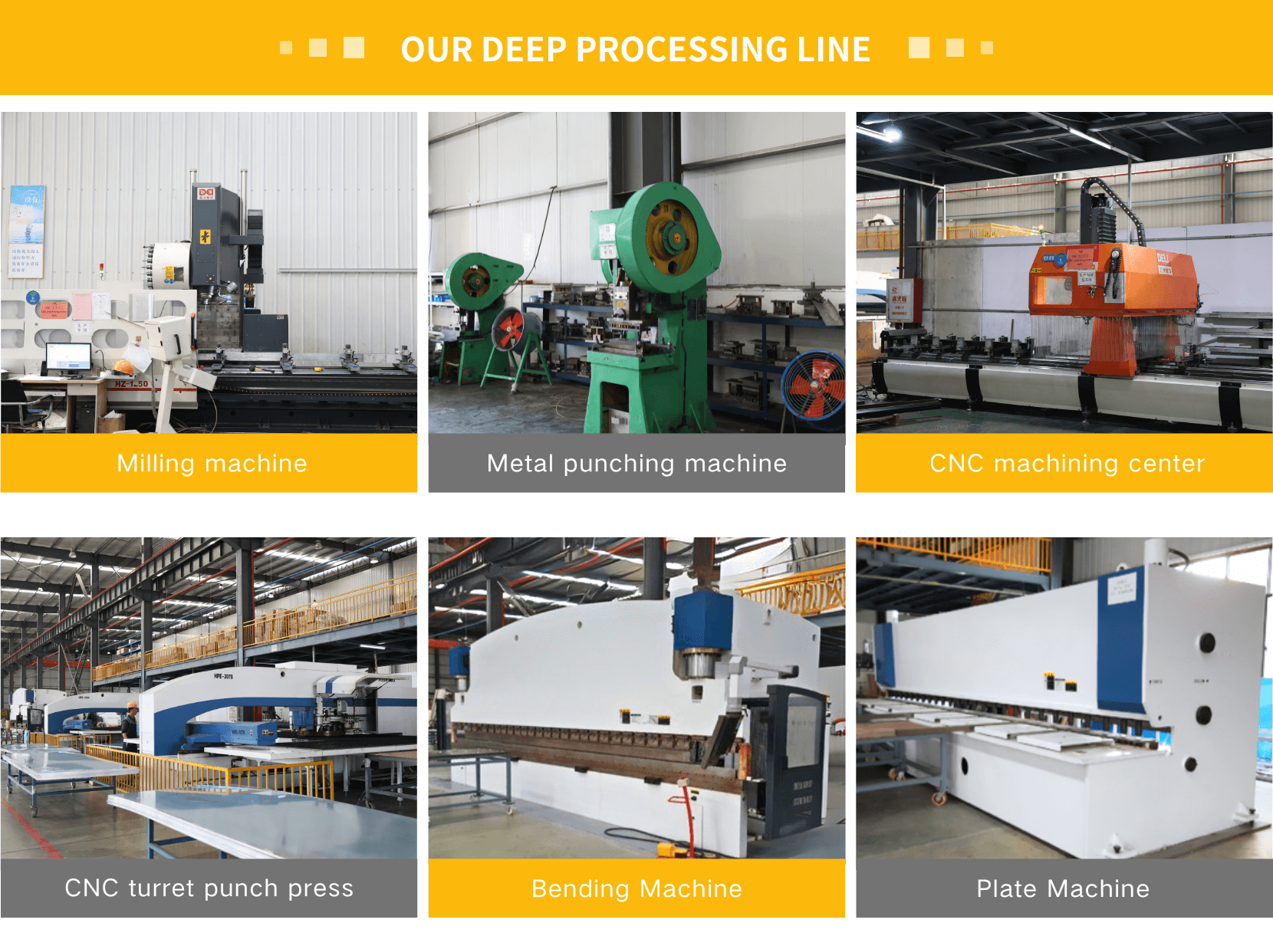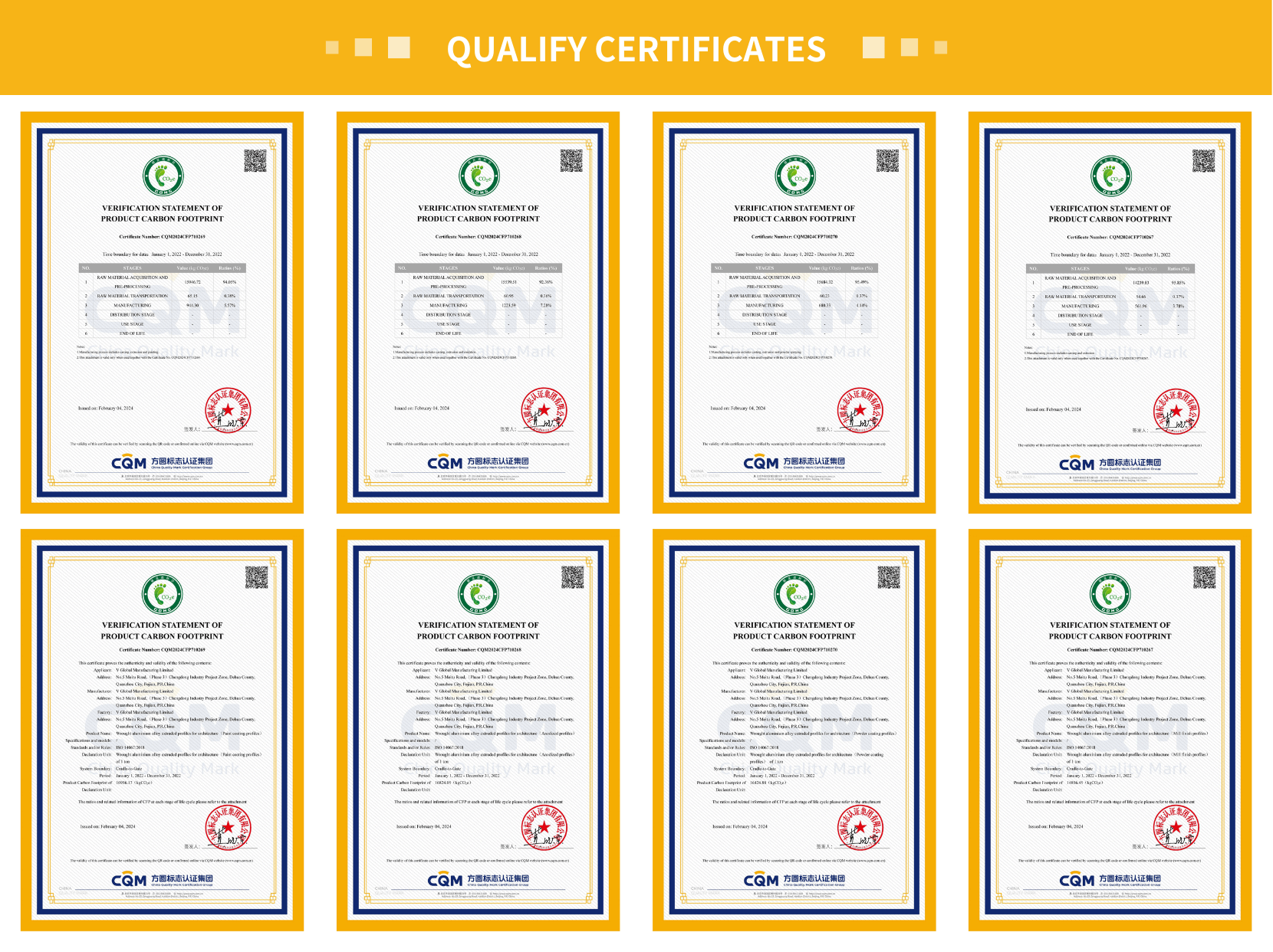Tel: +86-18065255079 E-mail: wulixia@vameitulvye.com
Whatsapp:+86 15260985928
English
- All
- Product Name
- Product Keyword
- Product Model
- Product Summary
- Product Description
- Multi Field Search
| Availability: | |
|---|---|
| Quantity: | |
Thermal Break Aluminum Curtain Wall Profiles are engineered to transform the facades of large-scale commercial and high-rise buildings, addressing two key challenges: balancing structural integrity with energy efficiency, and achieving sleek aesthetics without compromising performance.








Unlike traditional non-insulated curtain walls— which contribute to 35% of a building’s energy loss—these profiles integrate a polyamide thermal barrier between inner and outer aluminum frames, minimizing heat transfer while supporting expansive glass spans (up to 5m). This creates transparent, modern facades that flood interiors with natural light (reducing artificial lighting use by 40%) and lower operational costs (cutting HVAC expenses by 25% - 30%). Designed to withstand extreme weather—from typhoons to heavy snow—they are a staple in modern architecture, used in iconic buildings from office towers to museums.
Energy Efficiency: Integrates polyamide 66 thermal breaks (24mm - 30mm thick) to achieve U - values as low as 1.0 W/(m²·K), reducing heat transfer by up to 80% compared to non-insulated curtain walls (U-values 3.5 - 4.5 W/(m²·K)). The profiles meet LEED BD+C and BREEAM Excellent standards, contributing to energy efficiency credits and reducing a building’s carbon footprint by up to 200 tons/year for a 10,000m² facade.
Structural Performance: 2.0mm + thick aluminum profiles (up to 4.0mm for high-rise use) with a multi-chambered design (4 - 6 chambers) provide exceptional structural rigidity. They support large glass spans (up to 5m in width and 3m in height) and resist wind loads up to 5kPa (meeting GB/T 21086-2007 standards), making them suitable for high-rises (≥ 20 floors) and coastal buildings prone to typhoons. The profiles also have a deflection limit of L/360 (where L is the span length), ensuring minimal bending under load.
Weather Resistance: Pressure-equalized design (incorporating drainage holes and air vents) with EPDM gaskets (resistant to UV and ozone) prevents water and air infiltration. Tested to ASTM E331 (water penetration) and ASTM E283 (air infiltration), the system withstands rainfall intensities of up to 150mm/h and air velocities of 25m/s (equivalent to a Category 1 hurricane). It also resists thermal expansion—aluminum’s coefficient of expansion (23.1×10⁻⁶/°C) is compensated for by flexible joints, preventing glass breakage.
Design Freedom: Supports various glazing types, including insulated glass (double-pane 24mm, triple-pane 36mm), spandrel glass (hiding building services), and photovoltaic (PV) glass (generating solar energy). Finishes include anodizing (natural, black, bronze) and powder coating (200+ RAL colors), enabling custom architectural expressions—from the sleek, all-black facade of a modern hotel to the transparent, light-filled exterior of a museum.
Easy Installation: Modular design with prefabricated components (frames, brackets, gaskets) reduces on-site installation time by 30% compared to traditional curtain walls. The profiles are compatible with unitized or stick-built installation methods, and pre-drilled holes ensure precise alignment—critical for high-rise projects with tight deadlines.
Commercial High - Rises: Office towers, hotels, and residential skyscrapers requiring expansive glass facades with thermal efficiency. For example, a 30-story office building with a thermal break curtain wall can save 50,000 - 100,000 annually in HVAC costs, while the transparent facade enhances tenant satisfaction by providing panoramic views.
Cultural Buildings: Museums, art galleries, airports, and convention centers prioritizing natural light and modern aesthetics. The large glass spans flood exhibition spaces with soft, natural light (reducing glare with low-e glass), while the thermal barrier maintains consistent temperatures—critical for preserving artwork or ensuring passenger comfort in airports.
Green Buildings: LEED-certified or Passive House projects that prioritize sustainability. The thermal break curtain wall reduces energy use, and the aluminum profiles are 95% recyclable (aligning with circular economy principles). PV glass integration further enhances sustainability, generating up to 10% of a building’s electricity needs.
Retail & Mixed-Use Developments: Shopping malls, restaurants, and mixed-use buildings (residential + commercial) seeking to attract customers with modern facades. The customizable finishes (e.g., wood-grain powder coating, metallic anodizing) align with brand identities, while the weather resistance ensures durability in high-traffic areas.
Q: How long does a thermal break curtain wall last?
A: With proper maintenance, the aluminum structure and thermal barrier can last 50 + years. The aluminum profiles resist corrosion (thanks to anodizing or powder coating), and the polyamide thermal break is designed to withstand temperature fluctuations without degradation. Glazing (insulated glass) typically needs replacement every 20 - 30 years due to seal failure, but this is a low-cost maintenance item compared to the curtain wall’s lifespan.
Q: Can it withstand seismic activity?
A: Yes, the flexible joint design (incorporating rubber gaskets and sliding brackets) allows for up to 25mm of lateral movement and 10mm of vertical movement, making it suitable for seismic zones (e.g., California, Japan) with earthquake magnitudes up to 8.0 on the Richter scale. The system is tested to ASTM E597 (seismic performance) to ensure it remains intact during seismic events.
Q: Is the system recyclable?
A: Over 95% of the aluminum used in the profiles is recyclable—aluminum can be recycled indefinitely without losing quality, and recycling requires 95% less energy than producing new aluminum. The polyamide thermal break is also recyclable (processed into plastic pellets for reuse), and the glass is recyclable (crushed into cullet for new glass production). This aligns with global sustainability goals and reduces landfill waste.
Q: What is the annual maintenance cost for a thermal break curtain wall?
A: Annual maintenance costs are approximately 1 - 2 per m², including inspection of gaskets (replacing worn ones every 10 - 15 years), cleaning of glass (twice a year), and checking for loose fasteners. This is significantly lower than non-insulated curtain walls (which require more frequent gasket replacement and have higher energy costs), making the thermal break system a cost-effective long-term investment.


